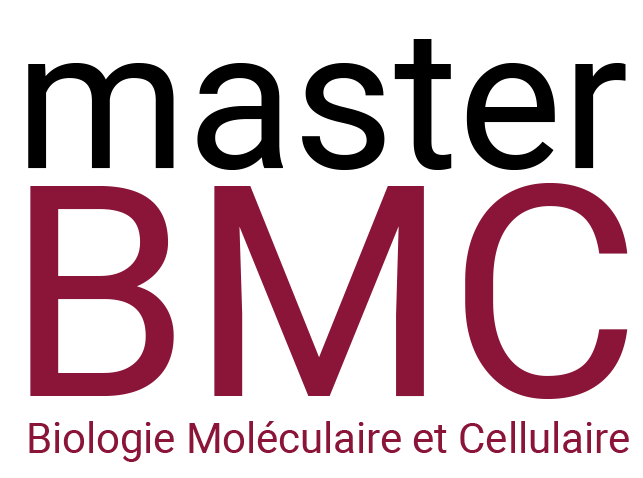Role of Hydroxyurea on Erythropoiesis in Sickle Cell Disease Context
Responsable de l’encadrement : Dr Sandrine LAURANCE
Hôpital Necker
Résumé du projet (environ une demi-page)
Sickle cell disease (SCD) is an autosomal hereditary recessive disorder caused by a point mutation inthe β globin gene resulting in a Glu-to-Val substitution at the 6th position of the β globin protein. Theresulting abnormal hemoglobin (HbS) polymerizes under hypoxic conditions driving red blood cell(RBC) sickling. SCD is a multisystem disease characterized by hemolytic anemia, high susceptibilityto infections, recurrent painful vaso-occlusive crises, strokes, acute chest syndrome and organ failure,and represents a health priority by OMS. Emerging data have highlighted ineffective erythropoiesis(IE), occurring in SCD. Erythropoiesis is a very finely regulated process allowing the production of2.106 RBC every second in healthy adults. In fact, we have recently contributed to the characterizationof SCD IE by showing an increase in cell death rates in the late stages of erythropoiesis.Hydroxycarbamide (HC) is the first and major US Food and Drug Administration (FDA) approveddrug for SCD patients. In the European Union, HC was approved by the European Medicines Agence(EMeA) to be given to both adults and children with SCD in 2007. HC principally increases fetalhemoglobin (HbF) levels leading to a decrease in HbS intracellular concentration and inhibition ofHbS polymerization. Long term studies have proven the benefit of HC on both children and adults byreducing both complications of the disease and mortality. The aim of this study is to characterize theeffects of HC during erythroid differentiation and to characterize the molecular mechanism leading tothese benefic effects. To this aim, complementary approaches will be performed using in vitro assaysbased on the use of HUDEP-2 cell line that recapitulates human erythroid differentiation, ex vivoassays based on the use of progenitor cells CD34+ isolated from SCD patients. The host team exploitsmultidisciplinary approaches to explore a range of topics related to erythropoiesis and sickle celldisease pathophysiology. These approaches include stem cell biology, transcriptomic and proteomicanalyses. This project involves cutting-edge technology and will allow the student to practice severaltechniques ranging from cellular biology to biochemistry such as flow cytometry, imaging flowcytometry, video microscopy, confocal microscopy. The student will also be involved in an ongoingand strong collaboration with research teams in institute IMAGINE. The host team provides a highlydynamic scientific life supported by the expertise of platform facilities (red cell clinic, proteomic andgenomic). Ideally, the candidate will have experience in flow cytometry and cell culture; culture oferythroid progenitors would be a plus.
Ce projet s’inscrit dans la perspective d’une thèse
Ecole Doctorale de rattachement : BioSPC
Equipe d’Accueil: Inserm UMR S1134
Intitulé de l’Unité: Biologie Intégrée du Globule Rouge
Nom du Responsable de l’Unité: Pr Caroline Le Van Kim
Nom du Responsable de l’Équipe: Pr Caroline Le Van Kim
Adresse : Hôpital Necker, Bâtiment Lavoisier, Rue de sèvres 75015 Paris

